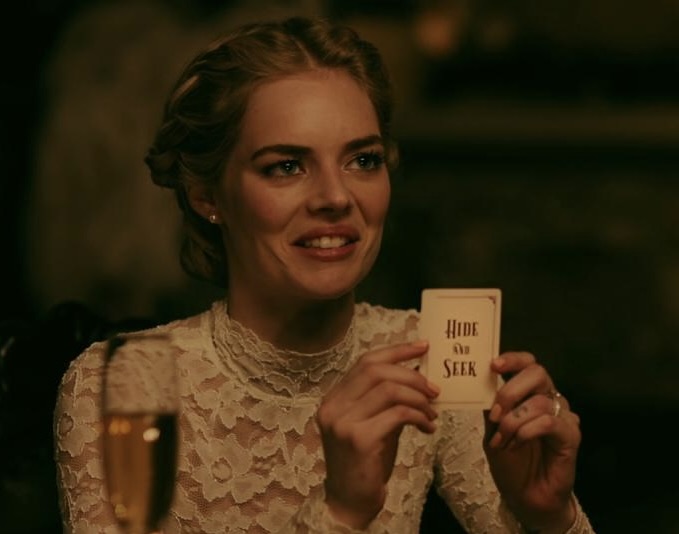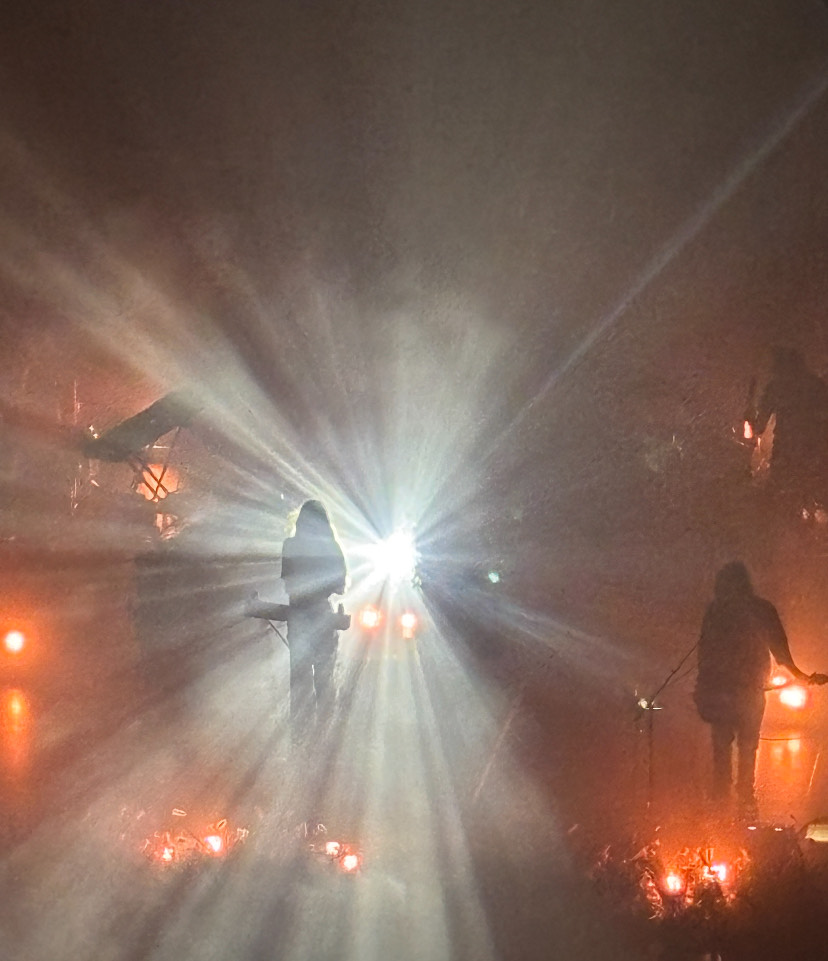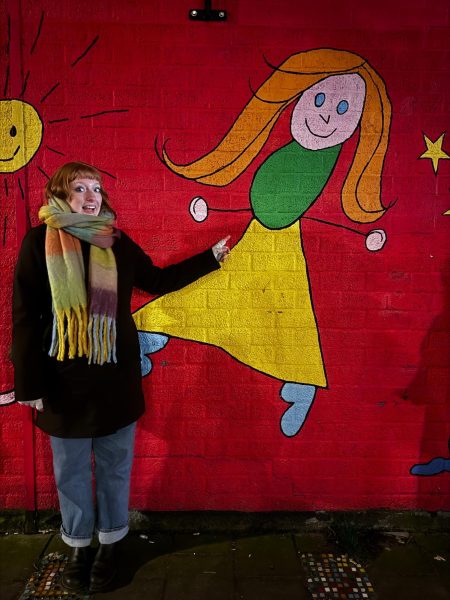This article contains spoilers
“Ready or Not,” the 2019 horror/comedy directed by Matt Bettinelli-Olpin and Tyler Gillett, follows newlywed Grace Le Domas as she plays a lethal game of hide and seek with her new in-laws. The Le Domas family, who got their money from a board game empire, attributes their financial prosperity to Mr. Le Bail — a mysterious man who promised generations of wealth to an ancestor of Grace’s husband Alex in exchange for following a wedding night ritual. Whenever someone marries into the family, they must play a game supposedly picked by Mr. Le Bail. When it is Grace’s turn to play on her wedding night, she pulls the “hide and seek” card and initiates the deadly hunt that commences throughout the film. The Le Domas must kill Grace and sacrifice her to Satan in the name of Mr. Le Bail before dawn, otherwise the entire family will allegedly die.
As “Ready or Not” blends genres of horror and comedy, it utilizes this unique space to make a satirical statement about the institution of marriage. By juxtaposing marriage and hide-and-seek, “Ready or Not” comments on the incongruity between the absurd and unnecessary ritual of marriage, and the absolute, patriarchal power it holds within society.
The film relies heavily on the historical context of women’s lack of autonomy in marriage. Throughout history, marriage has existed as a system of patriarchal consolidation of property. As professor of economics Michèle Tertilt writes, marriage for women meant a loss of identity: until the early 19th century, after getting married, women couldn’t make legal decisions such as signing contracts, nor could they initiate divorce. Scholar Alexandra Murray also specifies that prohibiting women the right to keep wages and the custody of their own children were restrictions that enforced ownership and denied female agency. Marriage ultimately functioned as an institution rooted in perpetuating the patriarchy and as a ritualistic initiation of granting ownership.
“Ready or Not” first introduces marriage and hide-and-seek as juxtaposed rituals which relate through Grace’s rejection of their enforced power. The film begins with the wedding ceremony itself and centers marriage as a compulsory ritual as Alex and Grace plan to get married to appease his family before leaving them. Marriage is introduced here as a custom done not out of personal want, but to satisfy outside influences, namely Alex’s family.
After establishing marriage as a ritual enforced by external forces, the game is quickly introduced as an intertwined process. While establishing and providing context for the game, Alex’s dad reveals that their wedding-night games have been practiced for multiple generations. These both exist as long-standing rituals, one prevalent in society and one specific to the Le Domas family. They both are a historically-based way of existing and complying with greater powers — the patriarchy and the imagined all-knowing power of Mr. Le Bail. Specifically, they both function through oppression and keeping ruling forces in power — as marriage functions as a continuation of patriarchy, the Le Domas family’s wedding night ritual functions to establish Mr. Le Bail as a governing power that dictates their actions.
As the game of hide-and-seek commences, Grace simultaneously rejects both rituals. She remains in her wedding dress throughout the film, and when she realizes that she is being hunted, she rips the bottom of her dress off to run. Here, Grace rejects the conformity of marriage; as she continues to destroy her dress and stain it with blood throughout the night, its desecration serves as an ironic reminder of the contortion of the norm of marriage. She finalizes this direct comparison of rituals in her ending interaction with Alex. She makes it to daylight, and as his other family members begin to comically explode into pieces, Alex fears for his life. He begs for Grace’s forgiveness and for her to take him back. She responds by removing her wedding ring and saying “I want a divorce” as he explodes. Defeating the Le Domas family and surviving their attempts at killing her is equated to her ending her marriage.
“Ready or Not” successfully creates this positioning by establishing a blend of horror and comedy. Horror highlights the “reality” within Grace’s attempts at survival: within the narrative, the game poses a real threat to her life, and she is therefore motivated by fear and her survival instincts. But, comedy creates an exaggeration of behavior: the Le Domas family begins the film by acting overly-sophisticated and snobby during the wedding, but as hide and seek begins, the primality of their hunting contrasts their previous behavior and emphasizes the irrationality in their ritual. The combination of irony and fear paradoxically highlights the ridiculousness of hide and seek, yet portrays the seriousness of danger it poses for Grace. Comparing these rituals also highlights marriage’s outdated and ridiculous purposes, as well as the legitimate place it holds as a way of enforcing patriarchy.
“Ready or Not” constructs a relationship between the ritual of marriage as a whole and of the Le Domas’ wedding night game through their juxtapositions. By establishing this relationship, we can use the satirical portrayal of the Le Domas family and the realist portrayal of Grace’s attempts at survival to view marriage as a paradoxical construction of unnecessary ritual rooted in patriarchal origins that still holds a place of societal power.









A. Reviewer • Aug 5, 2024 at 5:14 pm
Perhaps you didn’t watch the movie. In the scene with the mother, Grace explains that Alex did *NOT* want to get married, but that t was Grace who insisted, as she wished to have “a real family” after growing up in foster care. There is arguably an interrogation of the value of traditional family here, but it is not because the marriage is somehow patriarchically forced on Grace. She demands it.